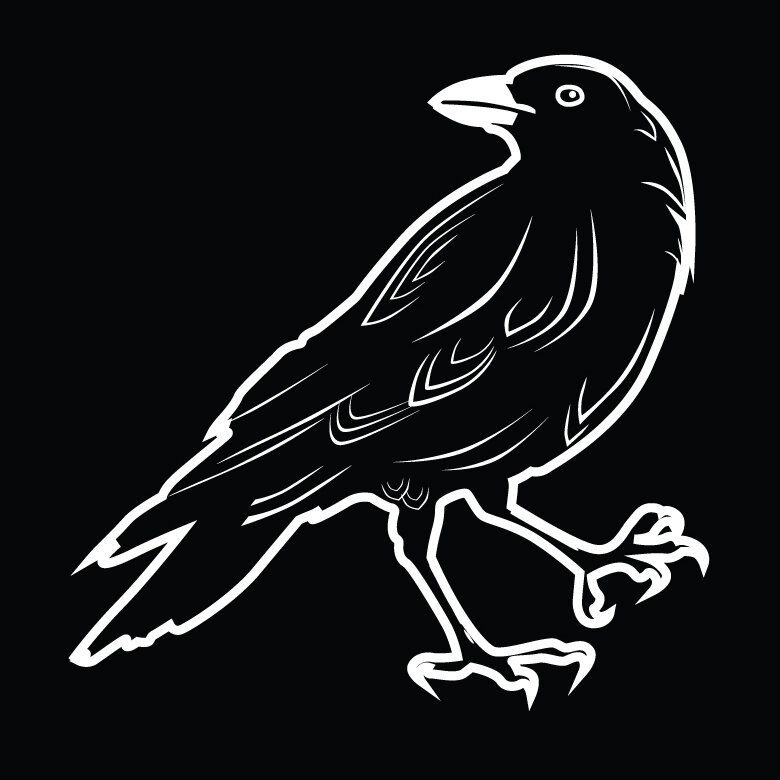Overthinking Skills in the Outer Rim
Though I'm not sold yet on the idea that Star Wars: Outer Rim is a good game, I have had a couple fun-enough sessions. In more than one instance, players had the choice of expending a resource in order to improve their chances of passing a skill test. And given the 4 unique sides of the 8-sided dice, and the way skill tests work, they were a bit at a loss of what exactly that resource would be worth.
So at the risk of everyone’s first reaction being "never tell me the odds," let's do exactly that.
The SWOR dice have 8 sides. They are: hit, hit, hit, crit, focus, focus, blank, blank.
Characters and crew have keywords on them for the different types of skills in the game. When you attempt a test, you roll two dice. If you don't have any matching keywords, then you need to roll a crit to succeed. If you have one matching keyword, you need to roll a hit or a crit. If you have more than one, you need to roll a hit, crit, or focus.
On just one die, most people can fudge these pretty easily. A crit is 1/8. A hit or crit is 50/50. A hit, crit, or focus is 75%.
But you roll two dice, not one. A common mistake is to just add the probabilities together, but that unfortunately doesn't work. You can only add probabilities together if they are mutually exclusive. But in this case you could get a hit on one die, the other, or both on one roll. Adding them together doesn't correctly account for the instances where you roll a hit on both dice; you've accidentally counted it twice.
Maybe you like pictures:
Think about it this way. A is the probability of a hit or crit on one die (50%). B is the probability of a hit on the other (also 50%). If you just total those up, you've counted the area where they overlap twice. You can tell it's wrong because the sum is 100%, and obviously you know it's not impossible to fail this test.
(Side note: I've used this logic a lot when talking about d6 rolls with people. People know the chances of a 6 are 1/6, so often I hear stuff like "if I roll twice, then it's 2/6." By that logic, if you rolled a d6 six times, you are guaranteed to get a 6.)
So, one way to get to this probability is to add the two together, but then subtract out the probability that you counted twice. Which is the probability of them happening together, the A+B part of our diagram.
The probability of two independent things happening at the same time is the product of their probabilities. So in the case of "hit or crit," the A+B area is 0.5*0.5 = 0.25. You've counted that 25% area twice. So just subtract it out and you get 50% + 50% - 25% = 75%.
Same thing, but for all the options:
Unskilled: 0.125 + 0.125 - (0.125 * 0.125) = 23.4%
Skilled: 0.5 + 0.5 - (0.5 * 0.5) = 75%
Highly Skilled: 0.75 + 0.75 - (0.75 * 0.75) = 93.8%
This isn't a bad way to approach it, but the math can get more difficult when you start looking at more complex problems. Typically the way I would approach this is by using the complimentary probability.
You don't care if you get one hit or two. To succeed, you need at least one success. Could be on one die, the other, or both, but all of those count as succeeding. The compliment to the probability of an event is the probability of not that event. So, the complement to the probability you flip HEADS is the probability you flip TAILS. The complement to the probability that you SUCCEED on this roll is the probability that you FAIL.
So if success is "at least one of these symbols" than the compliment is "none of these symbols." Say you care just about rolling that crit symbol. On one die, the probability of NOT a crit is 7/8 (since only one side has a crit). And since the two dice are independent, we can find that the probability of BOTH dice rolling NOT a crit is 7/8 * 7/8 = 0.766.
Compliments are mutually exclusive, so they add to one. The probability of success is the same thing as 1 minus the probability that you fail. When discussing the probability of "at least" something, it's usually easier to find the probability you fail. In this example 1-0.766 = 23.4%, which ought to look familiar.
Done again for all test types:
Unskilled: 1 - (0.875 * 0.875) = 23.4%
Skilled: 1 - (0.5 * 0.5) = 75%
Highly Skilled: 1 - (0.25 * 0.25) = 93.8%
Now, this may look as, if not more, complicated. But imagine you were rolling 5 dice. Imagine all the overlaps in that Venn diagram, some of which would be counted many times. Figuring out exactly what to subtract out is not fun.
But, say you rolled 5 of these dice and wanted the chance of at least one crit?
1 - (0.875 * 0.875 * 0.875 * 0.875 * 0.875) = 48.7%
Which at least is better than 0.0269%, right?

